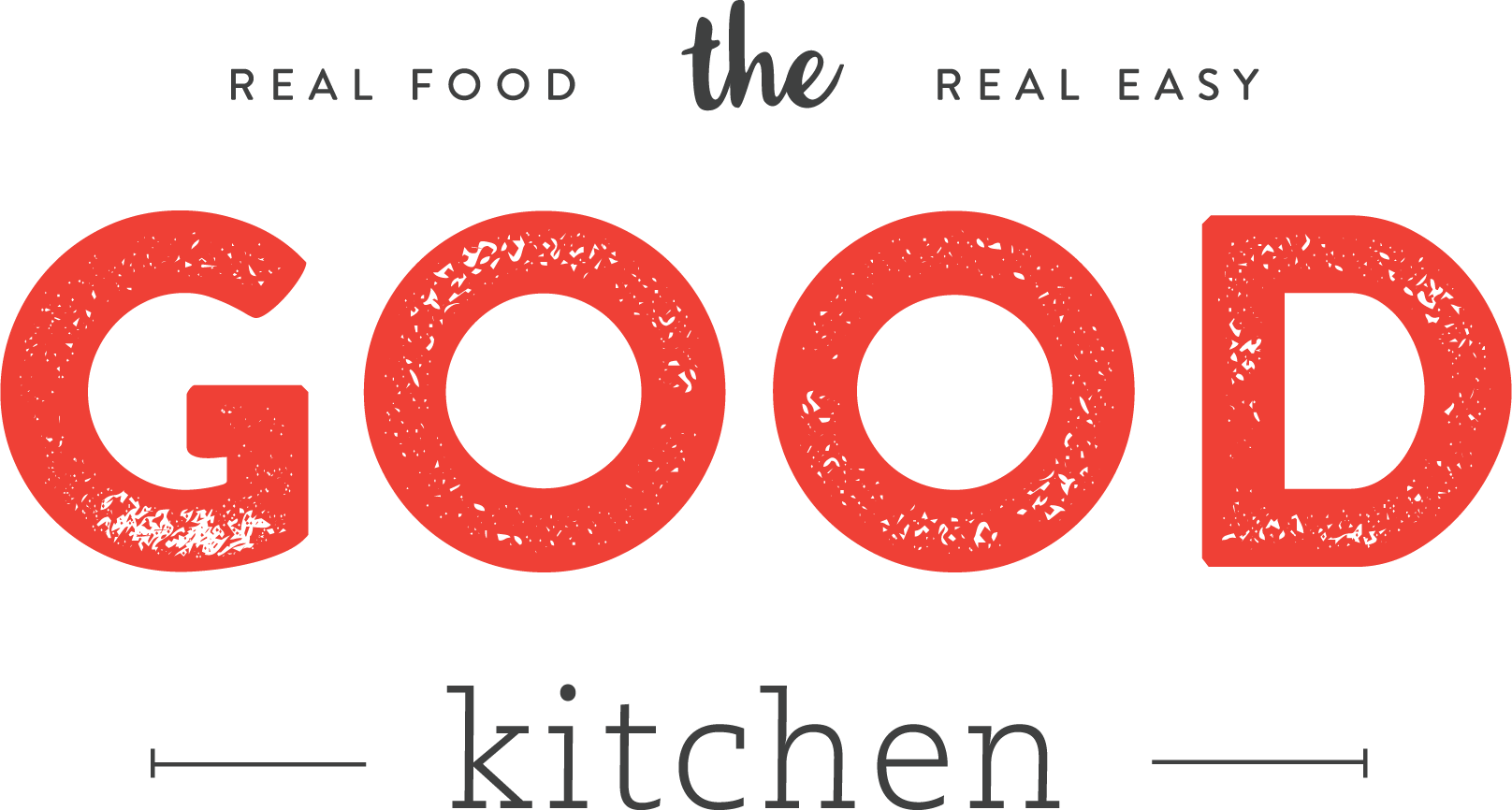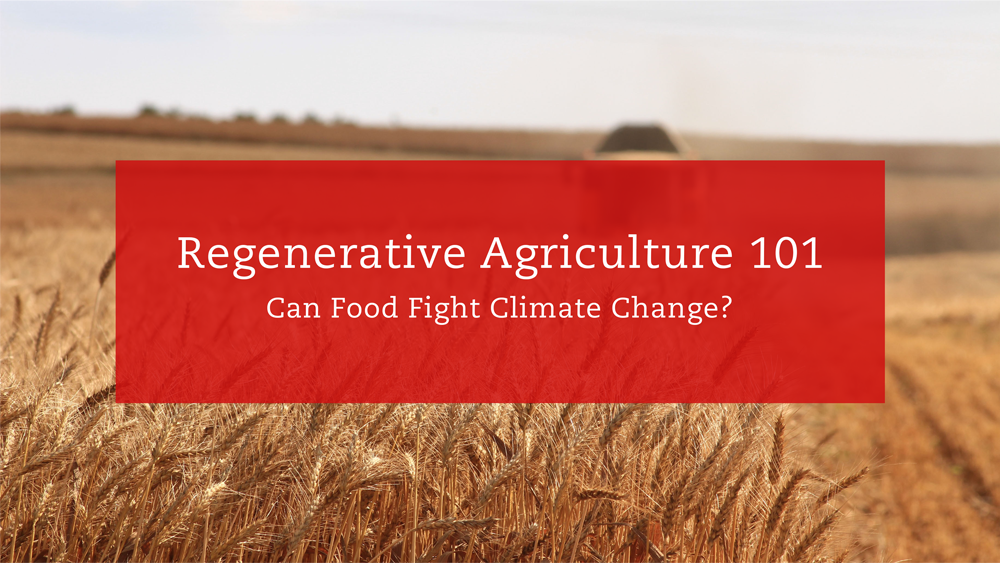Regenerative Agriculture 101
Can Food Fight Climate Change?

People are starting to wise up to an uncomfortable fact:
The modern food industry is up there with the fossil fuel industry in its contributions to climate change and environmental harm. Industrial meat production in particular – and the production of crops to feed farm animals – is a leading cause of deforestation, biodiversity loss, and water pollution; and it is a major source of greenhouse gas emissions. As it stands, the way we farm and the way we eat is polluting the planet and compromising the ability of the planet to heal itself and draw down carbon.
Yikes.
As the bad news continues to mount against Big Ag, groups of farmers, entrepreneurs, and dedicated consumers are imagining a future of food and farming that’s more in line with the goals of our global community. (Goals like, you know, having a liveable future.)
One of the most promising visions for the future of farming looks a lot like the farming of the past. This reboot incorporates new knowledge of how plants, animals, and the planet are all connected.
We’re talking about regenerative farming.

As one farmer puts it, regenerative farming is “radically traditional.” This model is more than sustainable – it’s actually reversing the negative impact industrial farming has had over decades of intensive, extractive growing seasons. It’s like organic farming, but taken to a whole new level. And our team at The Good Kitchen is obsessed with taking this wise approach to farming mainstream.
Here’s how it works: instead of endlessly extracting resources from the planet to make food, regenerative farmers meticulously set up their systems to be in harmony with nature – participating in a natural give-and-take that can restore soil, combat climate change, and grow healthier plants and happier animals.

In essence, regenerative farming is designed to “regenerate” the soil. Regenerative farmers restore ecosystems through crop rotation, managed grazing, and the use of cover crops, and they use compost to improve the health of the soil and reintroduce microbial activity.
[If you want the lowdown on soil health and how it affects your health, check this out]
The farmers on the front lines of regenerative farming are generating some seriously impressive results.
For instance, White Oak Pastures, a regenerative farm in Bluffton, Georgia, reported that they sequestered well over 900 pounds of carbon in just one year on their farm. In other words, they stored more carbon in the soil in one year than their cows emit in an entire lifetime.
While this farming movement is still in its early stages, it’s growing to global significance, and we’re dedicated to doing our part to support regenerative farming and giving people the chance to do the same by seeking regeneratively farmed options for our meals.
TGK firmly believes in this healthy, humane, and healing future of farming, which is why we believe in Savory Institute's Land to Market program, a global organization for the advancement of regenerative farming. By investing in farming that works with the planet and not against it, we can all build a more liveable future together.
Thanks for working alongside us to make good food and responsible farming the norm, not the exception. We salute you.








